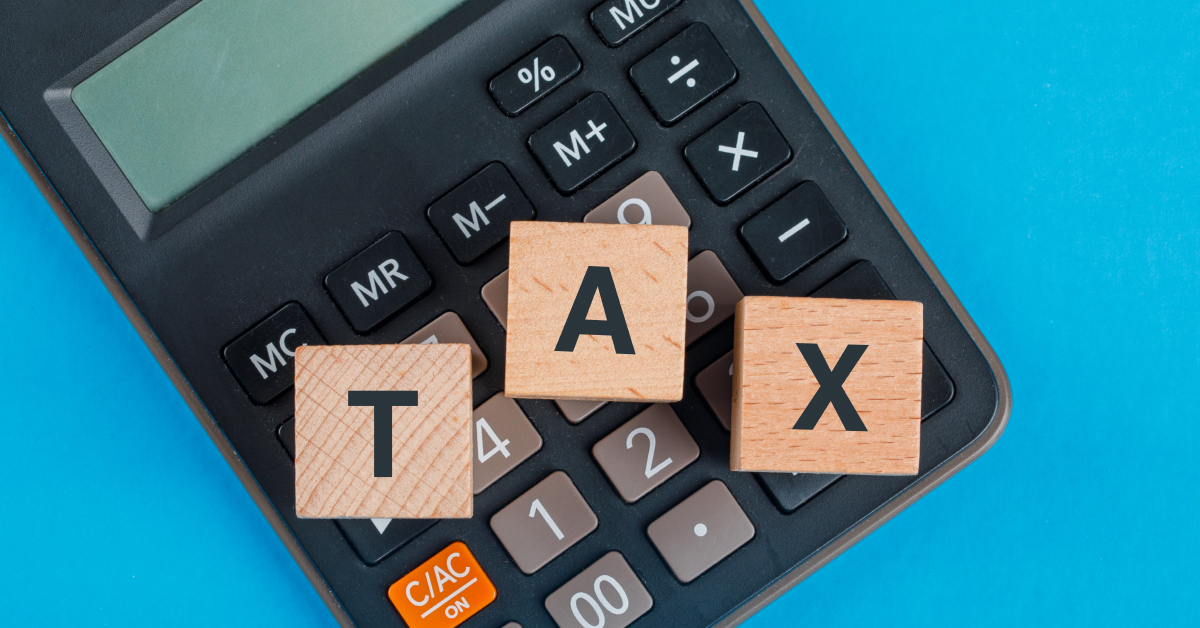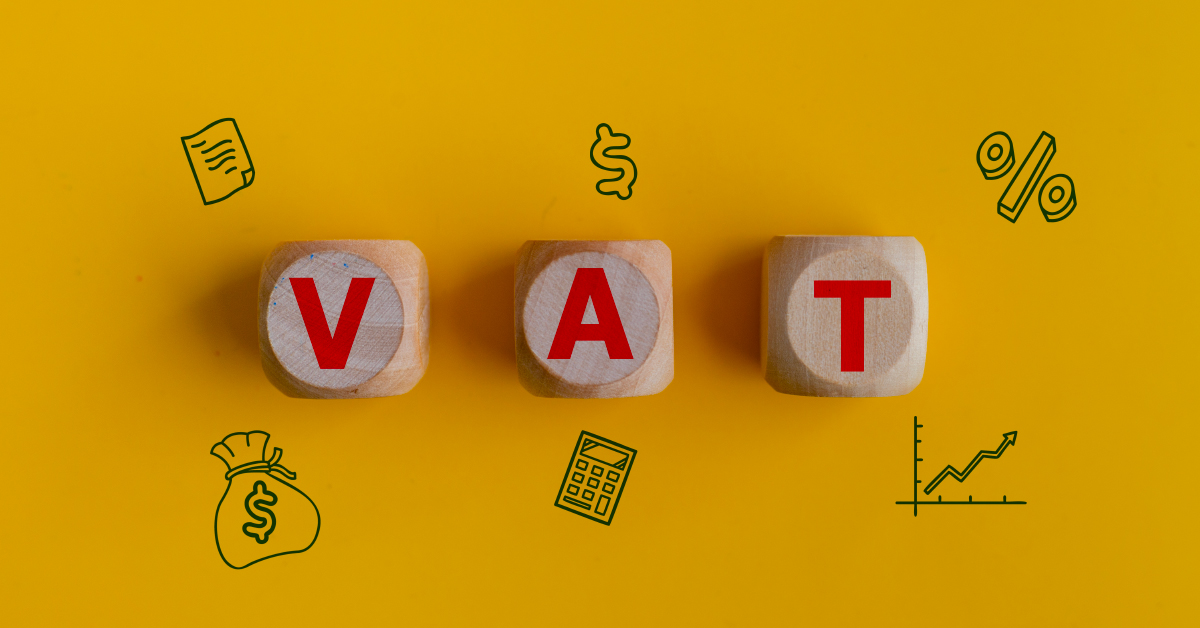Your Roadmap to File Freelancer Tax Forms in Spain

When you decide to become your own boss n Spain, you take a big step towards working on your terms. But, along with that newfound freedom comes a not-so-friendly tagalong: taxes.
We’re here to ensure your tax adventures are less puzzling than a Rubik’s Cube. So, grab your Sherlock Holmes hat, and let’s decode the enigma of the freelancer tax forms together!
Table of contents
Modelo 036: Tax Registration Declaration
To register as an autónomo or freelancer, you must first register with the tax authorities. For this purpose, you must fill out Modelo 036 or the tax registration declaration. In this form, you’ll provide basic information about your activity, location, tax regime, and other relevant details.
Moreover, this form is also used for deregistering and making data changes.
As for filing, you can submit it in either paper or online format. Of course, going online is much quicker, and if you choose to do it with Companio One Spain, it’s even easier, as you only need to provide your data, and we’ll take care of the rest. You can file a recognized digital certificate or your Cl@ve PIN online.
Annual Freelance Tax Forms
Modelo 347: Operations with Third Parties
Modelo 347 is used to report annual transactions conducted with clients and/or suppliers exceeding €3,005.06 per year. In other words, if you sell goods or services to a client for an amount greater than this threshold, you’re obliged to file this form.
You can also submit it in paper or online format, and the filing deadline is from February 1st to February 28th each year. If, due to technical reasons, it’s impossible to file the declaration online within the regulatory deadline, you can submit it during the four natural days following the end of that period.
Modelo 190: Withholding and Advance Payments
This form reports withholding and advance payments made under the Personal Income Tax (IRPF) throughout the year to freelancers and professionals for their work and economic activities.
The filing deadline for Modelo 190 is from January 1st to January 31st of the following year. Suppose technical issues (e.g., internet connection, equipment failures, or software compatibility problems) prevent you from filing the declaration online within the regulatory deadline. In that case, you can submit it during the four natural days following the end of that period.
Modelo 180: IRPF Withholding on Leases
Modelo 180 is used to report the IRPF withholdings and advance payments made throughout the calendar year to landlords of urban properties.
So, if you, for example, have an office or warehouse space for lease and withholdings have been made, you’ll need to file this form.
You can also submit it in paper or online format, and the deadline for filing is from January 1st to January 31st each year. If technical issues prevent you from filing the declaration online within the regulatory deadline, you can submit it during the four natural days following the end of that period.
Modelo 390: Annual VAT Return
This form reports the annual summary of operations related to the VAT or IVA settlement.
You can also submit it in paper or online format, and it must be done from January 1st to January 30th of the following year.
Filing it is mandatory for all VAT taxpayers who must make monthly or quarterly declarations (which is likely to happen if you’re an autónomo in Spain and work with Spanish companies).
Quarterly Freelance Tax Forms
Modelo 130: Quarterly IRPF Payments
Modelo 130 is used to declare and make quarterly installment payments of Personal Income Tax (IRPF) for income obtained from economic activities.
You’ll need to file this form if you’re operating under direct estimation (estimación directa) in the normal or simplified scheme. This means you’ve chosen this scheme, in which net income is calculated by subtracting expenses from income.
You can also submit it online or in paper format, and it must be done during the first 20 calendar days of the month following the respective quarter. Here are the deadlines for each quarter:
- First Quarter: April 1st to April 20th, inclusive.
- Second Quarter: July 1st to July 20th, inclusive.
- Third Quarter: October 1st to October 20th, inclusive.
- Fourth Quarter: January 1st to January 20th, inclusive.
Modelo 303: Quarterly VAT
Modelo 303 reports quarterly VAT payments, which is the result of the difference between the VAT charged on sales invoices and the VAT paid on expense invoices. In other words, it’s the VAT you’ve included in your invoices to clients and the VAT you’ve paid for expenses related to your business activities.
Modelo 303 must be filed by any professional or business owner engaging in economic activities and transactions subject to VAT, regardless of the type of business owner (corporation, self-employed, etc.) and the result of the declaration (amount to pay, zero, negative, or refundable).
You can also submit it in paper or online format, and it must be done within the first 20 calendar days of the month following the respective quarter.
Modelo 111: IRPF Withholdings
Companies use Modelo 111 to declare withholdings on account of IRPF retained from workers, professionals, or businesses. For example, all the autónomos in Spain who hire other freelancers and apply withholdings on their invoices must file Modelo 111 quarterly.
You can also submit it online or in paper format, and it must be done within the first 20 calendar days of the month following the respective quarter.
Modelo 115: IRPF Withholdings on Leases
Modelo 115 is used to declare and pay IRPF withholdings corresponding to income from leasing or subleasing urban properties. So, the entities required to file Modelo 180 must also file Modelo 115.
You can also submit it online or in paper format, and it must be done within the first 20 calendar days of the month following the respective quarter. This obligation is exempt if the withholding amount does not exceed €900.
Modelo 349: Intracommunity Operations
Modelo 349 is used to declare intracommunity operations, i.e., transactions with other European Union countries.
So, if your company provides services or sells products to companies in other EU countries, you must file this form. This form is filed on a monthly, quarterly, or annual basis, depending on the transaction amount:
- If intracommunity operations do not exceed €50,000 in the natural quarter, you can file Modelo 349 quarterly.
- You must file a monthly declaration if the amount is exceeded in the second month of the natural quarter.
- If the amount is exceeded in any natural month, you must file Modelo 349 monthly.
Regarding the filing deadline, it must be submitted during the first twenty natural days of the immediate month following the corresponding quarterly or monthly period (e.g., if you have to submit it monthly, and the operations were carried out in October, you would have a deadline from November 1st to November 20th).
Additionally, there’s a special deadline in the last quarter of the year, which must be submitted during the first thirty natural days of January.
A Quick Summary, Please?
We get it; tax stuff can be a head-scratcher. That’s why we’ve put together this handy table to help you remember the essentials:
| Model | Required for | Frequency | Filing Deadline |
| Model 036 | All the freelancers in Spain | Variable (registration, deregistration, modifications) | Variable (as needed) |
| Model 347 | Freelancers with transactions > €3,005.06 annually | Annual | February 1st to February 28th |
| Model 190 | Those withholding IRPF tax for employees, professionals, etc. | Annual | January 1st to January 31st |
| Model 180 | Self-employed individuals with rentals (office, coworking, etc.) | Annual | January 1st to January 31st |
| Model 390 | Those who have declared VAT | Annual | January 1st to January 30th of the following year |
| Model 349 | Freelancers with intra-community transactions (EU) | Variable (monthly/quarterly) | Various monthly/quarterly deadlines |
| Model 130 | Freelancers on direct estimation with quarterly IRPF payments | Quarterly | First 20 days of the month following the quarter |
| Model 303 | All the freelancers in Spain | Quarterly | First 20 days of the month following the quarter |
| Model 111 | Same as Model 190 | Quarterly | First 20 days of the month following the quarter |
| Model 115 | Same as Model 180 | Quarterly | First 20 days of the month following the quarter |
How Can I Remember All These Tax Forms for Self-Employed Individuals?
Remembering all this, filling it out correctly, and submitting it on time can be challenging. Plus, if you mess up, Hacienda can slap you with fines.
That’s why, even though you can go it alone, it’s best to leave it to the pros and focus on your business.
At Companio One Spain, we handle the forms for you. All you need to do is upload your monthly expense and income invoices, and we take care of the rest. It’s as easy as that. If you want to learn more, click here.



